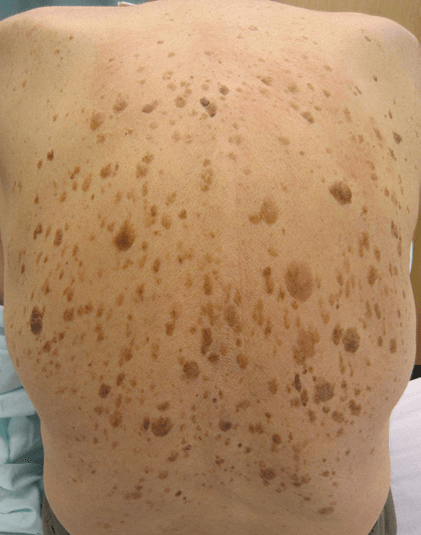Photodynamic Therapy - (PDT)
Photodynamic Therapy (PDT)
is a treatment that uses a product calle 5-aminolevulinic acid (5-ALA) which is a photosensitizer or photosensitizing agent, and a particular type of light.
When photosensitizers are exposed to a specific wavelength of light, they produce a form of oxygen that kills nearby damaged cells. This allows new undamaged cells to grow in place of the damaged cells.
Each photosensitizer is activated by light of a specific wavelength. This wavelength determines how far the light can travel into the body. We use specific photosensitizers and wavelengths of light to treat different areas of the body with PDT.
Photodynamic Therapy is used to treat:
PDT is used to treat actinic keratoses (sun spots) on the face and scalp, squamous cell carcinoma in situ (Bowen's disease), and superficial basal cell carcinomas. Studies show that cure rates for skin cancers treated with PDT may be slightly lower than surgery or radiation, but PDT does not leave a scar like surgery does.
It is also used for treatment acne and acne scarring, rosacea, warts, milia, seborrhoeic keratoses, sebaceous hyperplasia, fine wrinkles, sun damaged skin, improvement of uneven skin tone and much more.

What To Expect After Treatment
Porfimer sodium makes the skin and eyes sensitive to light for approximately 48 hours after treatment. Thus, patients are advised to avoid direct sunlight and bright indoor light for at least 48 hours after treatment.
Photosensitizers tend to build up in tumors and the activating light is focused on the tumor. As a result, damage to healthy tissue is minimal.
